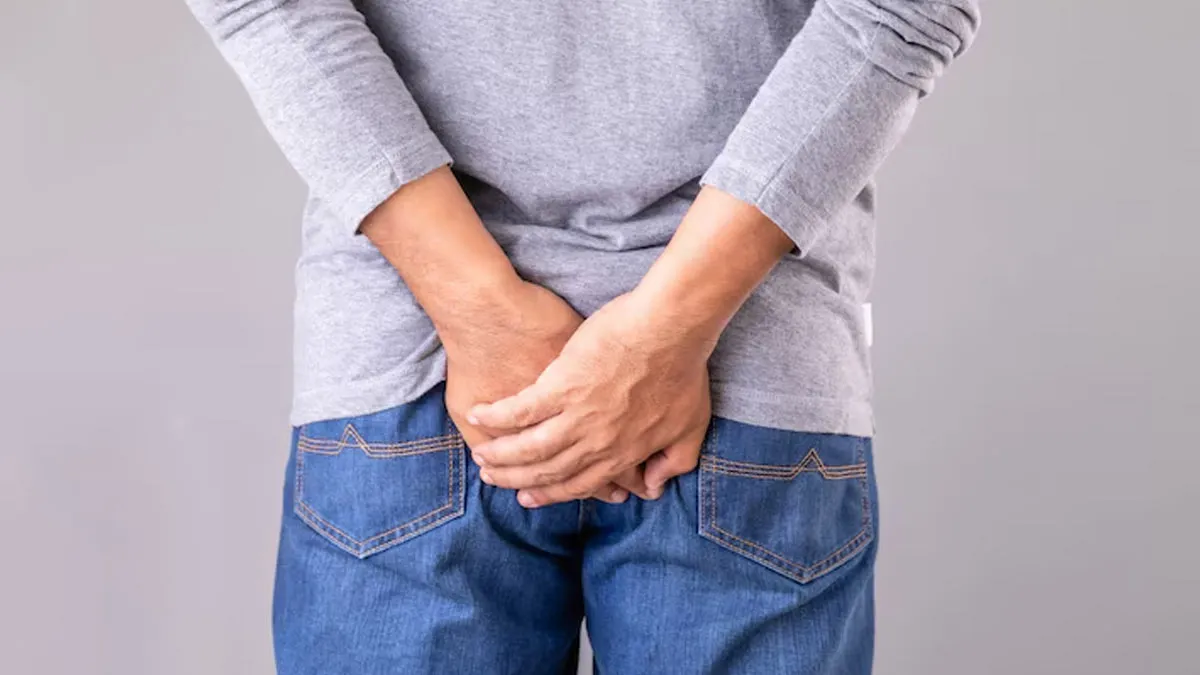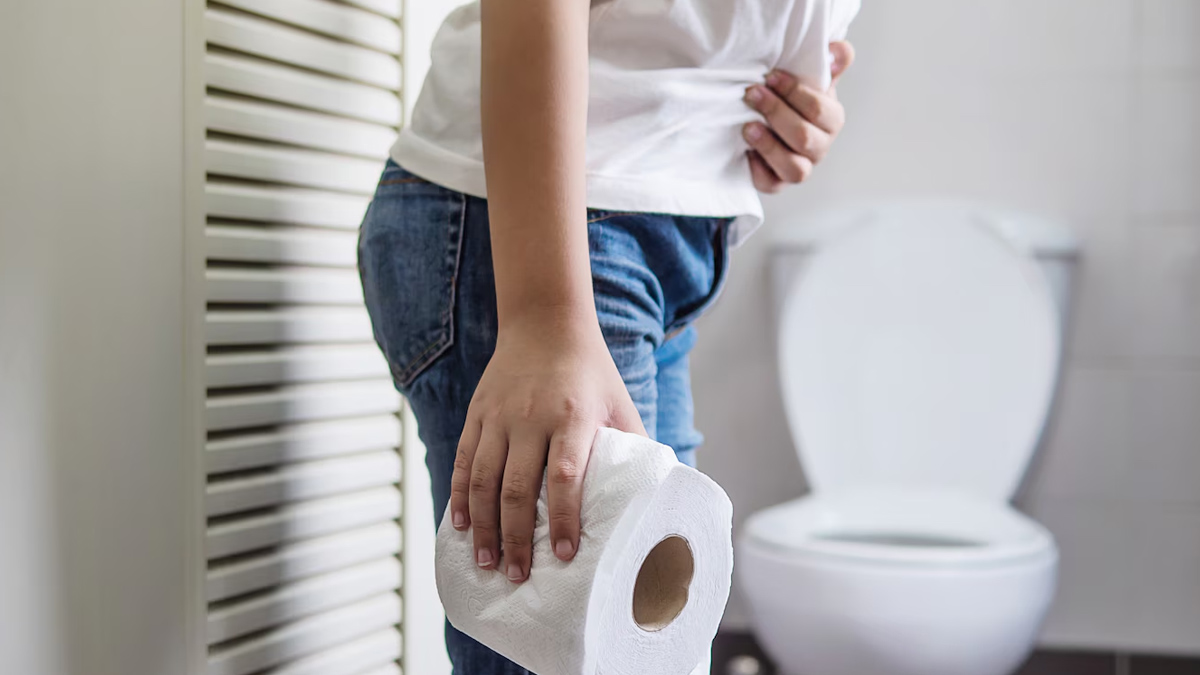
A lot of the symptoms and signs associated with stomach-related conditions are overlapping in nature, often leading to confusion and delay in diagnosis. For instance, bloating and abdominal pain can occur due to acid reflux as well as Irritable Bowel Syndrome (IBS). Similarly, haemorrhoids and anal cancer can both present with lumps or growths near the anus, but the two are completely different illnesses.
Table of Content:-
In an interaction with the OnlyMyHealth team, Dr Amit Upadhyay, Senior Consultant, Oncology and Haematologist at PSRI Hospital, Delhi, highlights the differences between the two conditions and shares ways to reduce the risk through lifestyle changes. He also lists tests that can help diagnose or rule out the two conditions accurately.
Also Read: How To Find Relief If Your Haemorrhoids Do Not Let You Sleep At Night
How To Differentiate Between Haemorrhoid And Anal Cancer Growths?

From lumps or growths near the anus to rectal bleeding and itching, both haemorrhoids and anal cancer can cause similar symptoms. However, haemorrhoids are significantly more common than anal cancer. As per a study published in the journal Cureus, around 50-85% of people suffer from haemorrhoids worldwide. On the other hand, anal cancer is not very common, with over 50,000 new cases reported in 2020, according to a study published in the European Journal of Cancer Prevention.
Dr Upadhyay notes that both haemorrhoids and anal cancer can cause rectal bleeding, but the nature of the bleeding differs. “Haemorrhoids typically present with bright red blood, indicating fresh bleeding. In contrast, dark reddish or altered blood is more commonly associated with anal cancer,” he differentiates.
Other symptoms that may suggest anal cancer rather than haemorrhoids include the presence of a growth near the rectal area, persistent pain in the anal region, unusual rectal discharge, changes in bowel habits, such as alternating constipation and diarrhoea, and unexplained weight loss, which is a strong indicator of anal cancer.
On the other hand, haemorrhoids are often linked to chronic constipation and do not typically cause weight loss, the doctor further explains.
Understanding The Growths Associated With Haemorrhoid And Anal Cancer

A lump or tiny growths near the anal region may be alarming. While lumps associated with haemorrhoids occur due to increased pressure in the veins around the anus and lower rectum, anal cancer growths are primarily linked to infection with the Human Papillomavirus (HPV), a Sexually Transmitted Infection (STI).
“Haemorrhoids are generally classified as internal or external. External haemorrhoids appear as soft, bluish swellings around the anus. These are venous prominences that may remain outside or temporarily protrude during bowel movements. Internal haemorrhoids are located inside the rectum and may not be visible but can cause bleeding and discomfort,” explains Dr Upadhyay.
“In contrast, anal cancer growths are usually hard, fixed, and non-mobile. They may or may not be tender but tend to remain firm and immovable, unlike haemorrhoids, which are soft and can sometimes retract inside,” he adds.
Also Read: From Healing Haemorrhoids To Relieving Vaginal Itching, Here Are The Benefits Of Sitz Bath
When To Seek Medical Attention?
Any rectal bleeding, regardless of the cause, should not be ignored, emphasises Dr Upadyay, adding, “If bleeding persists for more than 2-3 weeks, especially if accompanied by fever and weight loss, it is essential to seek medical attention.”
According to him, persistent rectal bleeding may indicate not only haemorrhoids but also anal fissures, infections, or rectal cancer. If there is any uncertainty, a professional evaluation is necessary to rule out serious conditions.
Diagnostic Tests To Confirm What It Is

To determine whether a rectal growth is a haemorrhoid or cancerous, doctors use diagnostic tests such as:
- Sigmoidoscopy or Colonoscopy: A flexible tube with a camera is inserted into the rectum to examine the rectal and colonic lining for abnormalities.
- Biopsy: If an abnormal growth or ulcer is detected, a small tissue sample is taken and examined under a microscope to confirm whether it is cancerous.
- These tests help differentiate between haemorrhoids and cancer and ensure that the right treatment approach is followed.
How To Reduce The Risk Of Haemorrhoids As Well As Anal Cancer
Certain lifestyle modifications can lower the risk of both haemorrhoids and anal cancer:
- Increase fibre intake: A diet rich in fibre (fruits, vegetables, and whole grains) helps prevent constipation, reducing strain on the rectal veins.
- Stay hydrated: Drinking enough water keeps stools soft and easy to pass.
- Maintain a healthy weight: Obesity increases pressure on the rectal veins, raising the risk of haemorrhoids.
- Regular exercise: Physical activity promotes healthy bowel movements and prevents weight gain.
- Avoid prolonged sitting: Sitting for long periods, especially on hard surfaces, can contribute to haemorrhoid development.
- Practise good anal hygiene: Keeping the anal area clean and dry helps prevent infections that can worsen haemorrhoids or increase cancer risk.
Conclusion
Haemorrhoids and anal cancer can lead to overlapping symptoms, but the two conditions are completely different. It is extremely crucial to distinguish between the two conditions so as to avoid delay in diagnosis and receive proper treatment. So, if you have rectal bleeding, tiny growths near the anus, or persistent itching, consult a doctor/gastroenterologist at the earliest.
Also watch this video
How we keep this article up to date:
We work with experts and keep a close eye on the latest in health and wellness. Whenever there is a new research or helpful information, we update our articles with accurate and useful advice.
Current Version